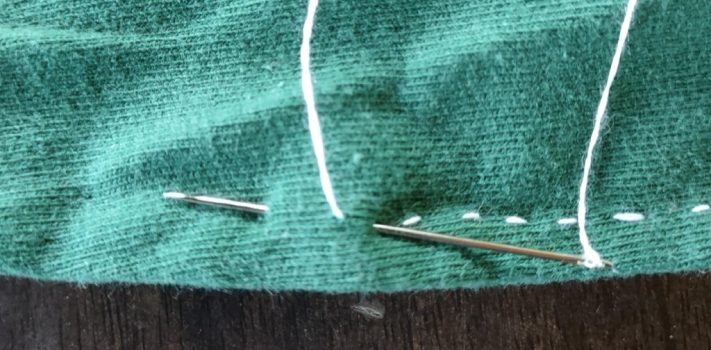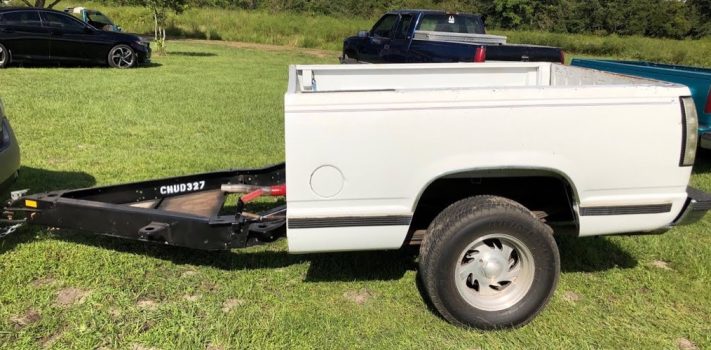Solar Powered Water Pumps: The Shurflo 9325, by Tunnel Rabbit
This article is in response to a question that I received from another blog reader, that was forwarded to me by the SurvivalBlog staff. Reader O.S. had written, to ask: “I would like to ask a question regarding your Aug 4th, Survival Blog article in the water section. You mentioned an “inexpensive Shurflo model number 9325″. I would like to confirm that the model number is exactly the one you are noting. The reason is, the best price I can find online is $895 at this location: https://thesolarstore.com/shurflo-9300-submersible-solar-water-well-pump-12-24v-model-9325-043-101-p-500.html Other dealers have even higher prices. When you noted “inexpensive”, it led …










